Montessori Furniture Ideas for Toddlers' Bedrooms: Creating Child-Centered Spaces
Table Of Contents
- Understanding the Montessori Philosophy for Toddlers' Spaces
- Key Elements of Montessori Bedrooms
- Montessori Bed Options for Toddlers
- Child-Accessible Storage Solutions
- Optimal Furniture Arrangement for Independence
- Natural Materials and Textures
- Practical Montessori Furniture Ideas
- DIY and Customization Options
- Design Tips for Montessori-Inspired Bedrooms
- Creating Your Child's Montessori Space
Creating a bedroom that nurtures your toddler's development while maintaining a stylish, cohesive home aesthetic can feel like a challenging balance. Montessori-inspired furniture offers the perfect solution, combining functionality, accessibility, and design principles that respect your child's growing independence. These thoughtfully designed spaces don't just look beautiful—they actively support your toddler's natural development journey.
Montessori furniture for toddlers focuses on creating child-centered environments where everything is accessible, appropriately sized, and designed to encourage independence. Unlike traditional nurseries where adults control the environment, Montessori bedrooms empower toddlers to make choices, develop skills, and navigate their space confidently.
In this comprehensive guide, we'll explore practical Montessori furniture ideas that transform your toddler's bedroom into a space that nurtures development while maintaining the aesthetic quality you desire for your home. From floor beds that promote independence to perfectly positioned storage solutions, you'll discover how thoughtful furniture choices can create a space where your child thrives.
Montessori Furniture for Toddlers' Bedrooms
Creating Child-Centered Spaces That Promote Independence
The Montessori Approach
Child-centered
Designed from the child's perspective, not for adult convenience
Accessible
Child-sized furniture positioned for independent use
Simple & Orderly
Uncluttered environment that helps develop organization skills
Beautiful
Aesthetically pleasing spaces with natural materials and colors
Floor Bed
- Mattress directly on floor or low platform (5-10cm)
- Promotes independence in sleep routines
- House-frame designs add visual appeal
Child-Accessible Storage
- Low open shelving at child's height
- Front-facing books for easy selection
- Baskets and bins with picture labels
Child-Sized Furniture
- Tables where feet touch the floor
- Low wardrobe with accessible hanging rod
- Height-adjustable options for longevity
Creating Activity Zones
Reading Nook
Low bookshelf with front-facing books and floor cushions
Art Area
Small table with art supplies and display space for creations
Self-Care Station
Low mirror with grooming items for independent care routines
Movement Area
Small climber or balance elements for physical development
Natural Materials & Textures
Solid wood furniture provides durability and sensory richness
Natural fabrics for bedding, cushions and soft furnishings
Baskets and storage pieces add textural variety
Design Tips for Cohesive Spaces
Cohesive Color Palette
Choose 2-3 main colors plus neutrals for a calm, harmonious environment
Layered Lighting
Multiple light sources at different heights that children can help control
Child-Height Art
Hang artwork at your child's eye level featuring nature-inspired themes
Clear Pathways
Maintain unobstructed movement paths throughout the room
Understanding the Montessori Philosophy for Toddlers' Spaces
The Montessori approach to children's environments is built on respecting the child as a capable, independent being. When applied to a toddler's bedroom, this philosophy translates into carefully designed spaces that empower children to do things for themselves. A true Montessori environment is:
Child-centered - Everything is designed with the child's perspective and capabilities in mind, not adult convenience.
Accessible - Furniture and materials are sized and positioned so toddlers can reach and use them without adult assistance.
Simple and orderly - The environment is uncluttered, with a place for everything and everything in its place, helping toddlers develop organization skills.
Beautiful - Aesthetically pleasing spaces with natural materials and harmonious colors create an environment that respects the child's sense of beauty.
For toddlers specifically, Montessori spaces focus on supporting their emerging independence, growing physical capabilities, and natural curiosity. The furniture in a Montessori toddler's bedroom serves as tools for development rather than simply decorative elements.
Key Elements of Montessori Bedrooms
Creating an effective Montessori bedroom for your toddler involves several essential elements that work together to foster independence and development:
Floor-level bed - The cornerstone of a Montessori bedroom is a mattress at floor level or on a very low frame, allowing toddlers to get in and out independently without safety concerns.
Child-height furniture - Chairs, tables, and shelves proportioned to your toddler's size make the space truly their own and accessible without assistance.
Open, low shelving - Rather than closed storage, open shelves allow toddlers to see their belongings and make independent choices about play and cleanup.
Minimalist approach - A carefully curated selection of toys and books prevents overwhelm and encourages deeper engagement with fewer items.
Natural materials - Wood, cotton, wool, and other natural materials provide sensory-rich experiences and connect children with the natural world.
Safety first - While promoting independence, all furniture must be stable, free of hazards, and appropriately secured to walls when necessary.
These elements create a foundation for a space that respects your toddler's capabilities while providing the structure they need to thrive.
Montessori Bed Options for Toddlers
The bed is the central feature of any Montessori bedroom, representing the philosophy's emphasis on independence. Here are several Montessori-aligned bed options for toddlers:
Floor Bed - The simplest option is a mattress placed directly on the floor. This allows toddlers complete freedom to get in and out of bed independently, supporting their developing autonomy. For added visual appeal, you can define the space with a rug underneath or a canopy above.
Low Platform Bed - A mattress on a very low wooden platform (typically 5-10cm off the ground) offers the same independence benefits while providing some airflow under the mattress. Minimalist bed frames with low profiles work perfectly for this purpose and add a touch of intentional design to the room.
House Frame Bed - One of the most popular Montessori bed styles features a simple house-shaped frame around a floor mattress. These charming designs create a defined sleeping space while offering the same accessibility. Many wooden bed frames can be found in this style, adding both functionality and a delightful architectural element to the room.
Floor Bed With Rails - For toddlers transitioning from a crib, a floor bed with partial rails offers a sense of security while still allowing independent entry and exit from one side.
When selecting a Montessori bed, prioritize stability, quality materials, and appropriate height. The mattress should be firm enough to support your toddler and the entire setup should be positioned away from walls with outlets, cords, or other potential hazards.
Child-Accessible Storage Solutions
Appropriate storage is essential in a Montessori bedroom, allowing toddlers to independently access, choose, and return their belongings. Effective storage solutions include:
Low Open Shelving - Open shelves at your toddler's height are ideal for displaying books, toys, and activities. Bookshelves with front-facing book display make it easy for toddlers to see cover art and select books independently. Look for stable, securely anchored units with rounded edges for safety.
Cube Storage - Modular cube storage units work well in Montessori spaces, as they can be arranged at appropriate heights and offer flexible organization options. Consider wooden storage options that provide warmth and durability while complementing your home's aesthetic.
Child-Sized Wardrobe - A low wardrobe with a small hanging rod allows toddlers to select and hang their own clothing. Many wardrobes can be modified by adding a second, lower hanging rod specifically for your child's use.
Baskets and Bins - Natural material baskets on low shelves help categorize toys while keeping them visible and accessible. These also teach classification skills as toddlers learn to sort items into their proper containers.
Picture Labels - For very young toddlers, adding picture labels to storage containers helps them understand where items belong, supporting independence in cleanup time.
The key to effective Montessori storage is maintaining order with a place for everything. Regular rotation of toys keeps the environment fresh and engaging without becoming cluttered or overwhelming.
Optimal Furniture Arrangement for Independence
The arrangement of furniture in a Montessori toddler's bedroom significantly impacts how easily they can navigate and use the space independently. Consider these arrangement principles:
Clear Pathways - Ensure there are unobstructed pathways throughout the room, allowing your toddler to move freely without navigating around obstacles.
Activity Zones - Create distinct areas for different activities, such as reading, dressing, and play. A small table and chair set can define an art or activity area, while a soft rug with floor cushions might create a cozy reading nook.
Visual Clarity - Arrange furniture so that your toddler can easily see all their options at once. Avoid cluttered corners or hidden storage that might be forgotten or difficult to access.
Logical Sequences - Position furniture to support natural sequences of activity. For example, place a small mirror with storage near the wardrobe to create a complete self-dressing station.
Balance Open Space - While furniture should be accessible, also maintain open floor space for movement, play, and freedom of choice. Toddlers need room to move their bodies and engage in gross motor activities.
Remember that furniture arrangement should evolve as your child grows. What works perfectly for an early toddler may need adjustment as they get taller and develop new skills and interests.
Natural Materials and Textures
The Montessori approach emphasizes connecting children with the natural world, including through the materials in their environment. When selecting furniture for a toddler's Montessori bedroom, consider:
Solid Wood Furniture - Wood provides warmth, durability, and a connection to nature. Wooden storage pieces and wooden bed frames offer tactile experiences and natural beauty that synthetic materials cannot match.
Natural Fabrics - Choose cotton, wool, or linen for bedding, cushions, and canopies. These breathable, natural fibers provide varied sensory experiences and are typically more comfortable for toddlers.
Rattan and Wicker - These natural materials add visual and tactile interest to the room through items like rattan storage baskets or small decorative elements.
Variety of Textures - Incorporate different textures throughout the room to provide rich sensory input. Smooth wood, soft textiles, and natural fibers all contribute to a sensorially diverse environment.
Natural Colors - Choose furniture in natural wood tones or painted in soft, natural colors rather than bright primary colors. This creates a calm, harmonious environment that doesn't overstimulate.
Beyond the sensory benefits, natural materials are typically more durable and develop character over time, making them sustainable choices for furniture that can grow with your child or be passed down to siblings.
Practical Montessori Furniture Ideas
Here are specific furniture pieces that work well in Montessori toddlers' bedrooms, along with tips for selecting and using them effectively:
Child-Sized Table and Chairs - A small table where your toddler's feet can touch the floor while seated supports proper posture and independence. Kids tables paired with appropriately sized chairs create a perfect workspace for art, puzzles, or meals.
Reading Nook - A low bookshelf with a few soft floor cushions creates an inviting space for independent book exploration. Bookshelves that display books with covers facing forward make selection easier for toddlers.
Self-Care Station - A low vanity or table with a secured mirror and small containers for grooming items (child-safe brush, cloth for wiping face) promotes personal care independence.
Movement Area - A small climber, stepping stones, or balance beam provides opportunities for physical development right in the bedroom. These can be beautiful wooden pieces that complement the room's aesthetics.
Cozy Corner - A soft area with floor pillows, stuffed animals, and perhaps a canopy creates a space for comfort and quiet reflection. Pillow cushions in natural fabrics add both comfort and style.
Art Display Area - Low-hanging frames or a wire with clips allows toddlers to display and change their artwork, creating a gallery that reflects their current interests and accomplishments.
When selecting these pieces, prioritize quality over quantity. A few well-chosen, multifunctional items will serve your child better than numerous lesser-quality pieces.
DIY and Customization Options
Creating or customizing furniture for your toddler's Montessori bedroom can be both economical and rewarding, allowing you to perfectly match pieces to your space and your child's needs:
Repurposed Low Shelving - Convert a standard bookshelf into a Montessori-friendly version by removing the bottom shelf and turning the unit on its side. This creates accessible, child-height storage.
DIY Floor Bed - A simple wooden platform can be constructed to create a low bed frame that's perfect for a Montessori mattress. Basic carpentry skills and quality wood are all you need.
Customized Wardrobe Solutions - Add a second, lower hanging rod to an existing wardrobe, or repurpose a bookshelf with some added hooks to create a toddler-friendly clothing storage solution.
Adapted Adult Furniture - Sometimes, standard furniture can be modified for toddler use. For example, sawing down the legs of a small table and chairs creates perfectly sized toddler furniture with minimal effort.
Personalized Touch - Adding your child's name or favorite colors to furniture pieces creates a sense of ownership and belonging. Simple wood burning, stenciling, or non-toxic paint can personalize standard pieces.
If DIY isn't your strength, consider looking for adjustable furniture that can grow with your child, such as tables with height-adjustable legs or storage systems that can be reconfigured as needs change. Height adjustable tables offer excellent long-term value as they adapt to your growing child.
Design Tips for Montessori-Inspired Bedrooms
Creating a cohesive, beautiful Montessori bedroom involves more than just selecting the right furniture pieces. Consider these design principles:
Cohesive Color Palette - Choose a calm, harmonious color scheme with 2-3 main colors plus neutrals. Avoid overly stimulating bright colors or busy patterns that can overwhelm toddlers.
Intentional Lighting - Include multiple light sources at different heights. A floor lamp, table lamp, and perhaps string lights create a layered lighting approach that toddlers can partially control themselves.
Biophilic Elements - Incorporate natural elements like plants (non-toxic varieties), nature-inspired artwork, or a small nature display shelf where your toddler can place found treasures like pinecones or interesting stones.
Floor Coverings - A washable rug defines the space and provides comfort for floor play. Choose natural fibers when possible, and ensure it's secured to prevent slipping.
Wall Decorations - Hang artwork at your child's eye level, not adult height. Choose wall art that inspires wonder and connects to the natural world—landscapes, animals, or botanical prints work beautifully.
Balance and Symmetry - Create visual balance in the room to promote a sense of order and calm. This doesn't mean perfect symmetry, but rather a thoughtful distribution of visual weight across the space.
The goal is to create a space that feels special and carefully designed while remaining functional and developmentally appropriate. The best Montessori bedrooms seamlessly blend beauty with practicality.
Creating Your Child's Montessori Space
Designing a Montessori bedroom for your toddler is a rewarding journey that honors their growing independence while creating a beautiful space in your home. By focusing on child-accessible furniture, natural materials, and thoughtful arrangement, you're creating more than just a bedroom—you're building an environment that supports your child's development and confidence.
Remember that Montessori spaces evolve with your child. Start with the essentials—a floor bed, low open shelving, and a small table and chair—then observe how your toddler uses the space before adding more elements. Their interaction with the environment will guide your future additions and modifications.
Quality furniture is an investment in both your child's development and your home's aesthetic. By choosing well-crafted pieces from trusted retailers like Loft Home, you ensure that your child's furniture is not only beautiful and functional but also durable enough to withstand the active life of a toddler.
As you implement these Montessori furniture ideas, you'll likely notice your toddler's growing confidence, independence, and care for their environment—the true measure of success for any Montessori-inspired space. Trust in your child's capabilities, provide the tools they need through thoughtful furniture choices, and watch as they flourish in a space designed just for them.
Visit Loft Home Furniture to explore our collection of high-quality, affordable furniture perfect for creating your child's Montessori bedroom. From minimalist bed frames to natural wood storage solutions, we offer designer-inspired pieces that support your child's development without compromising on style.
Explore more
- 1 seater sofa
- 2 seater sofa
- 3 seater sofa
- 4 seater sofa
- Advantages and Disadvantages of Wooden Furniture
- Bar Table
- Bed Frame
- Bed Room
- Cabinet
- Coffee Tables
- Contemporary Style
- Design
- Dining Chair
- Dining Room
- Dining Table
- Display cabinet
- Display shelf
- Dressing Table
- Ergonomic Chair
- Extendable Dining Tables
- fabric sofa
- Feng Shui
- Furniture Buying Guide
- Furniture On Sales
- Home Office
- Industrial Style
- Interior
- L shape sofa
- L Shape Sofas
- leather sofa
- Living Room
- Mattress
- Modern Style
- Office Chair
- Outdoor Dining Tables
- Round Dining Tables
- Scandinavian Style
- Selection Sofas
- shelves
- side cabinet
- Side Tables
- sideboards
- Sintered Stone Dining Tables
- Sofa
- Storage
- Store Updates
- Storewide Sales
- Study Chair
- Study Desk
- Study Room
- Study Table
- Style
- Tables
- Tambour Doors
- Trend
- TV Console
- Vintage Style
- Wood
- Wooden Dining Tables
- Wooden Furniture
Popular posts
Popular posts
Popular posts
Featured product
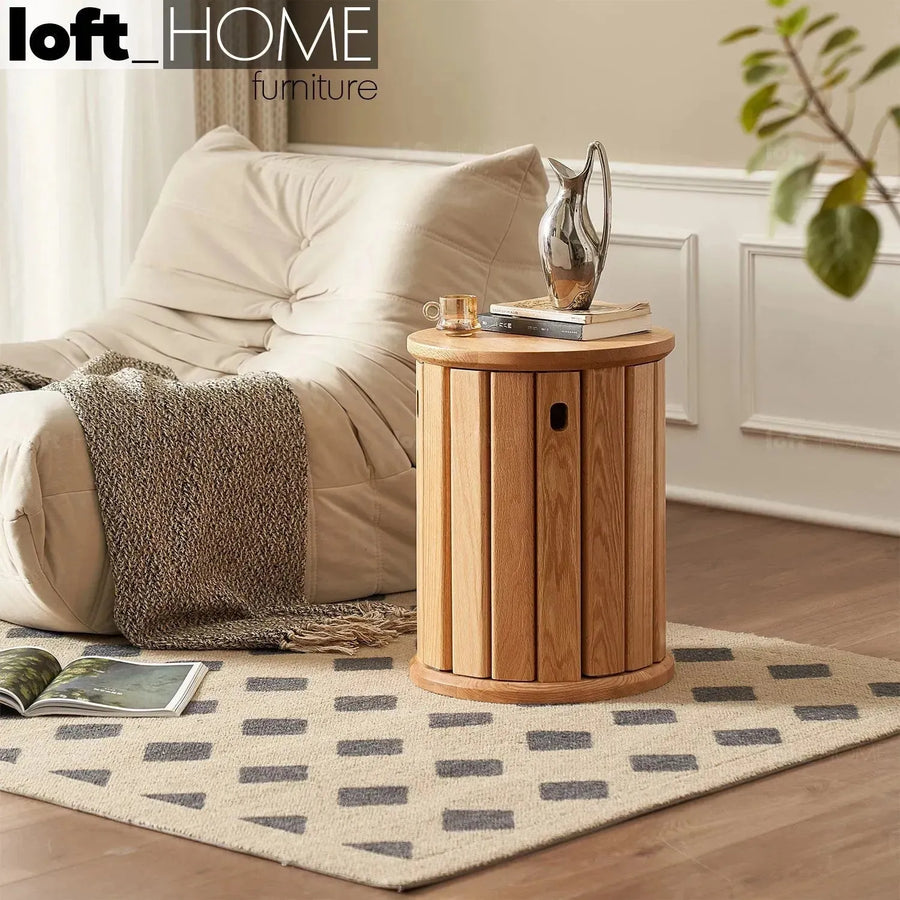
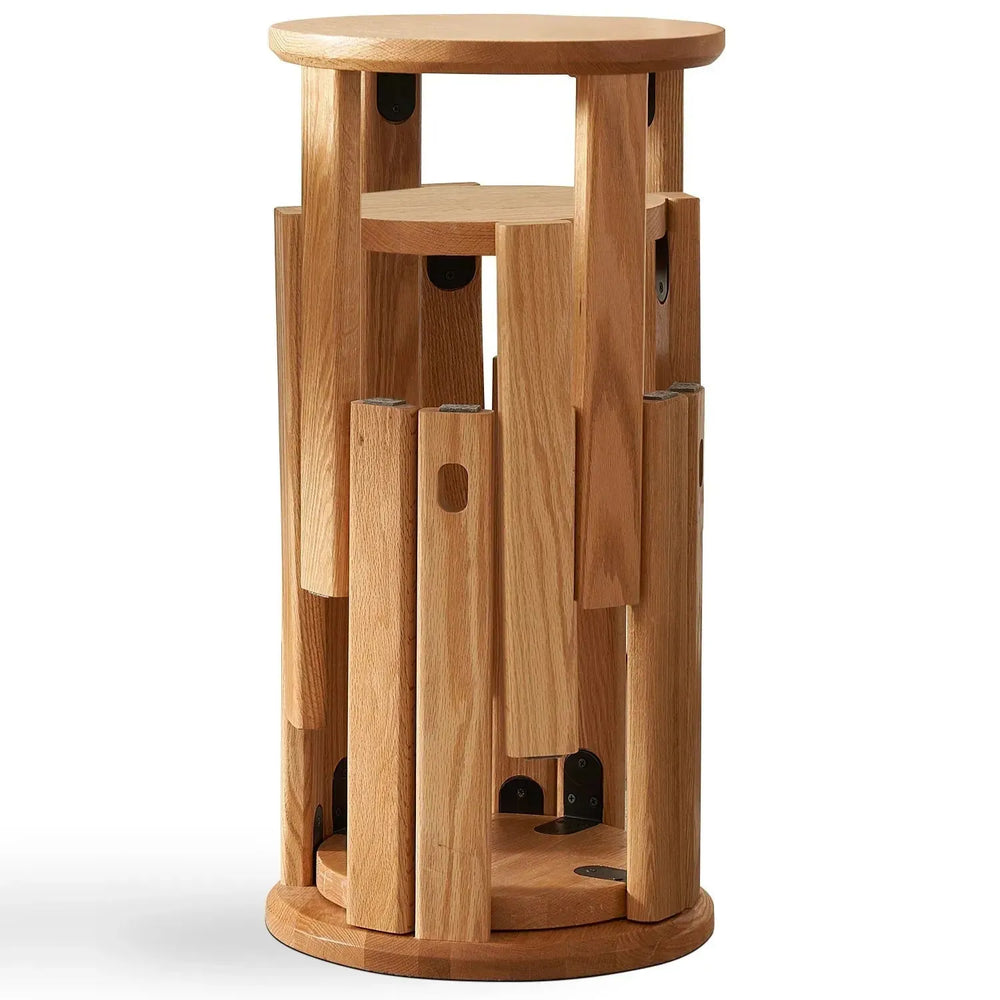
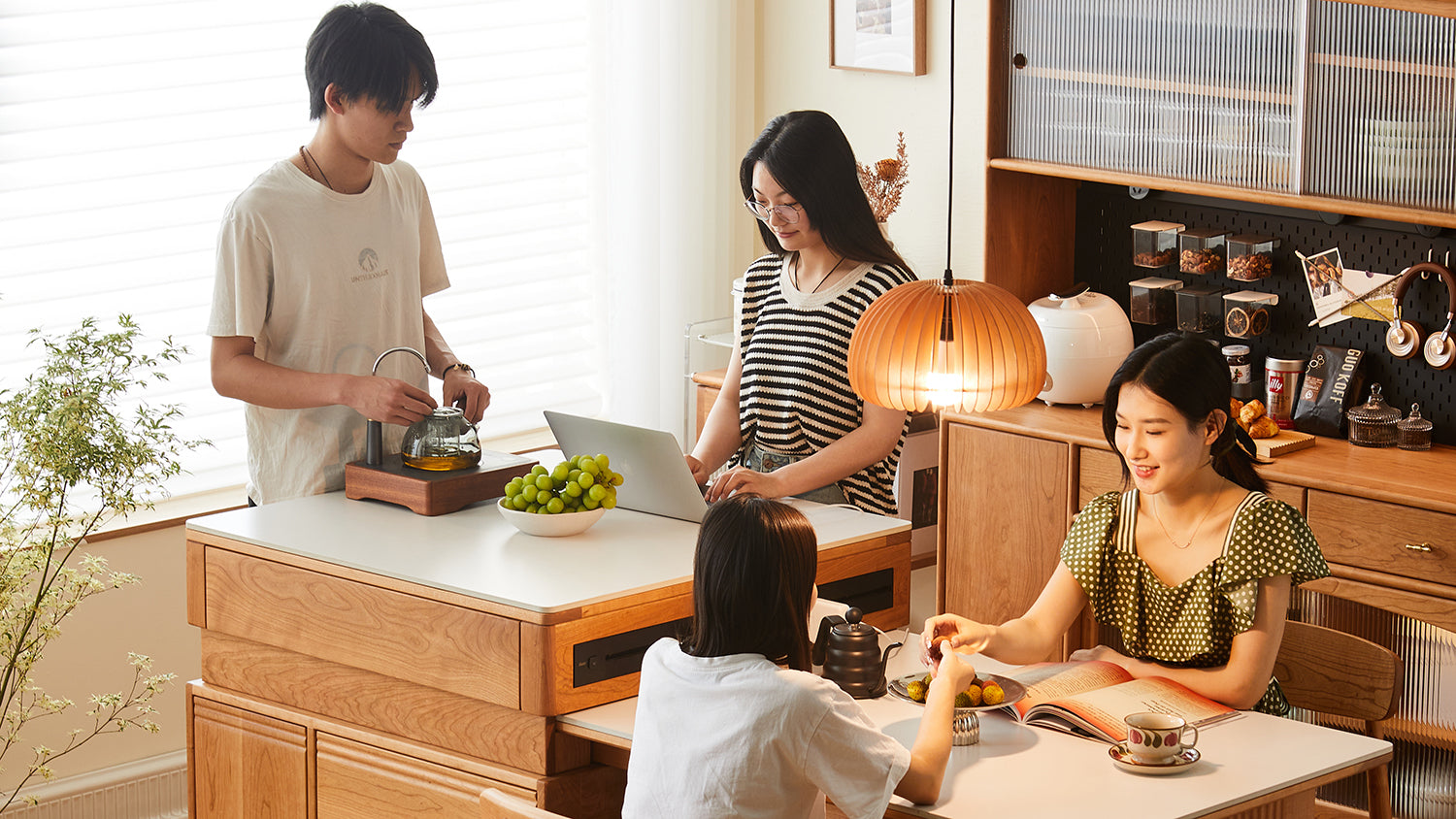

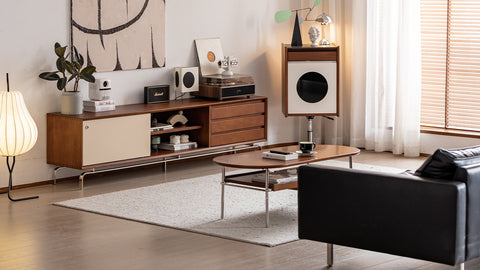

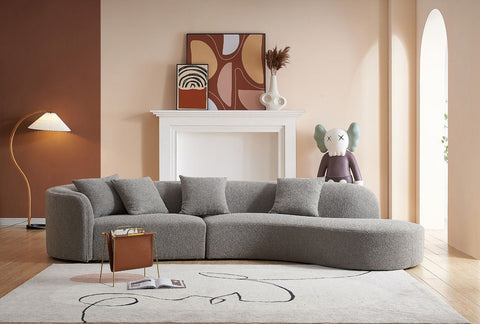
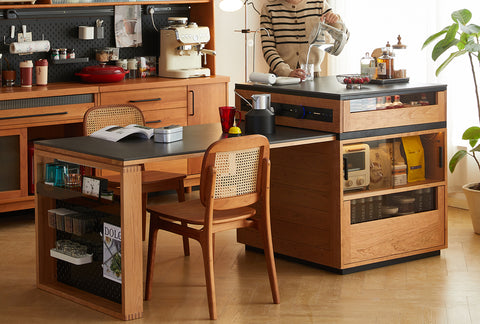
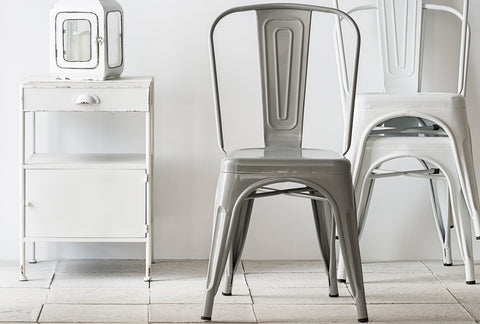
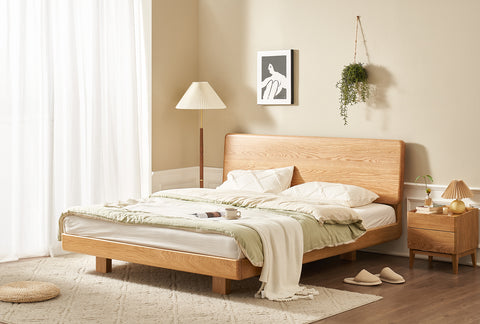
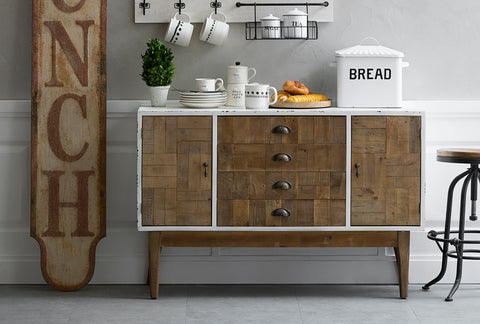




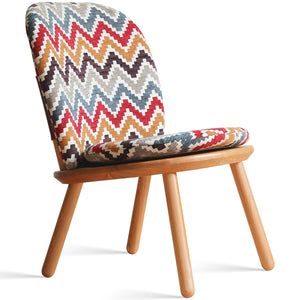
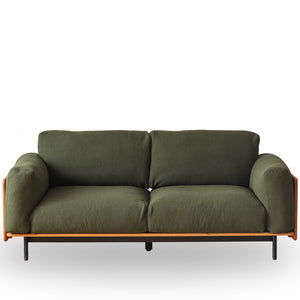
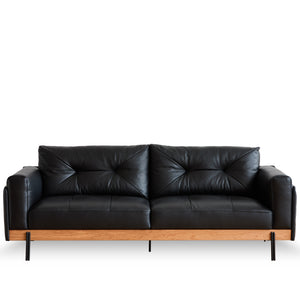
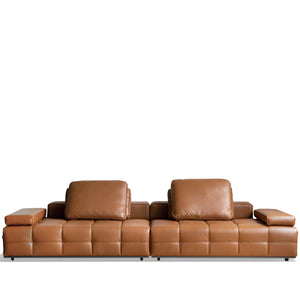
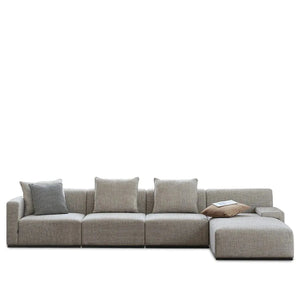
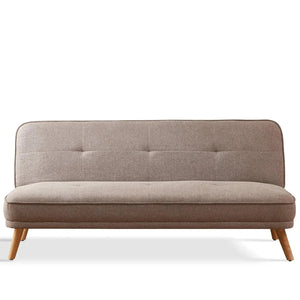
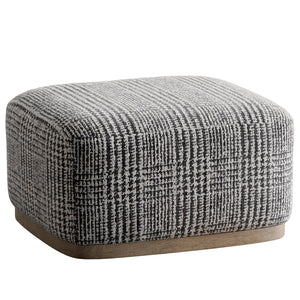
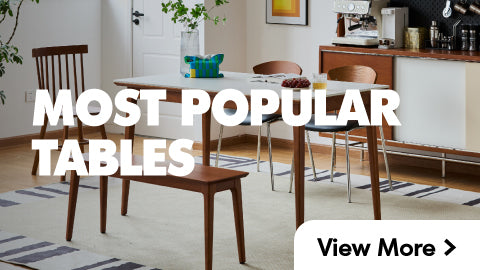
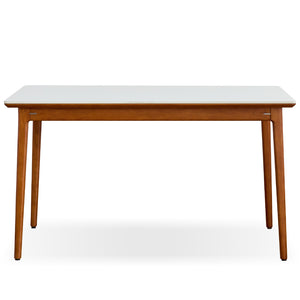
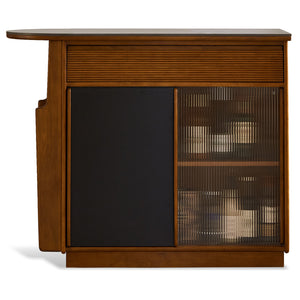
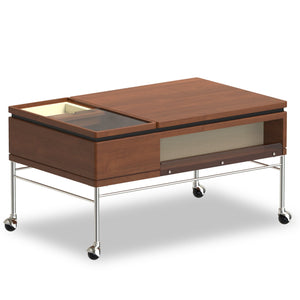
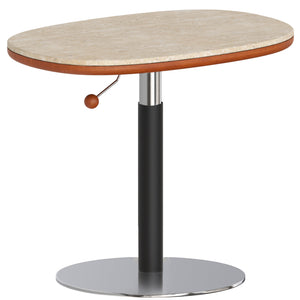
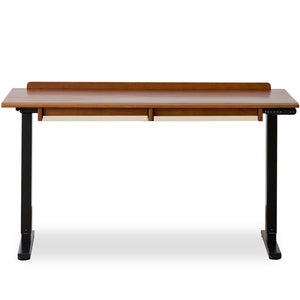
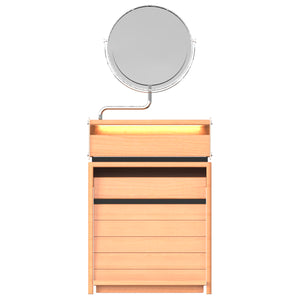

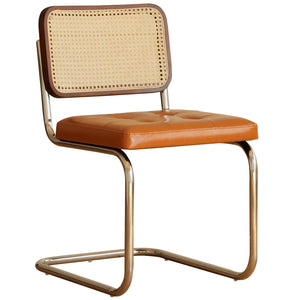
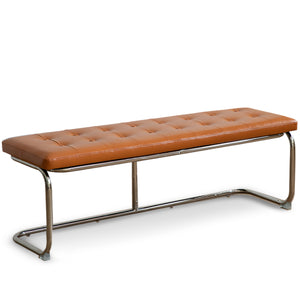
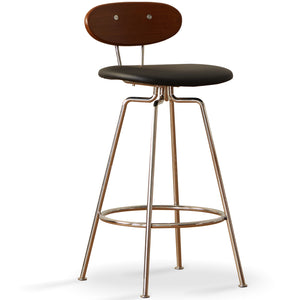

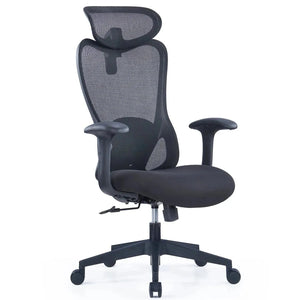

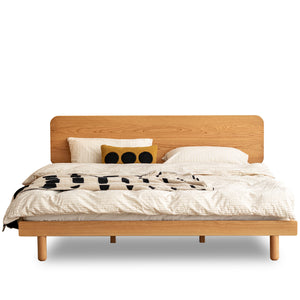
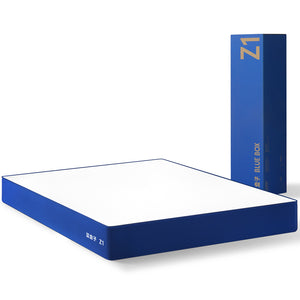

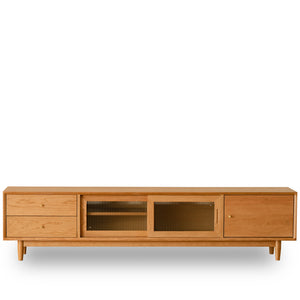
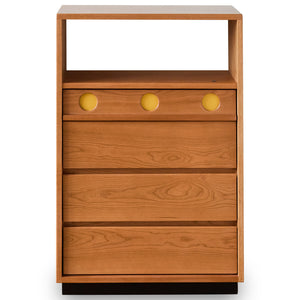
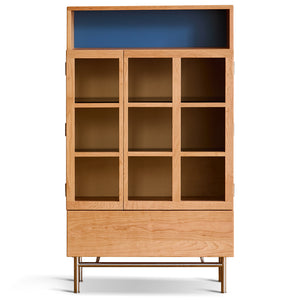
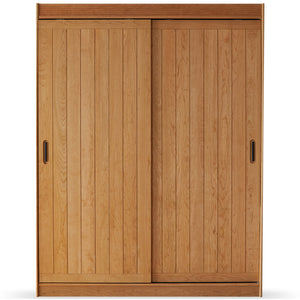
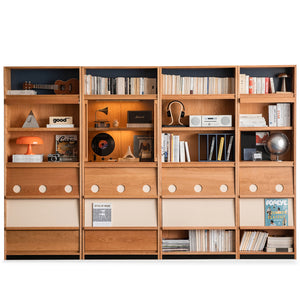

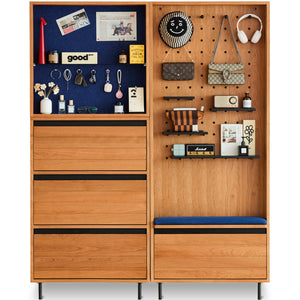
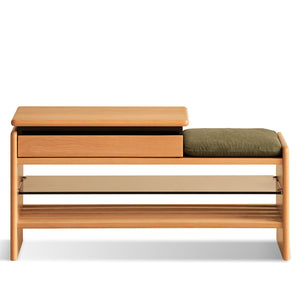
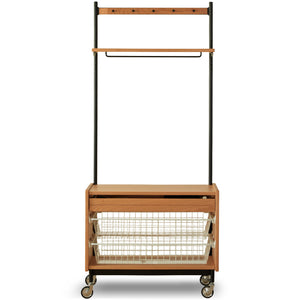
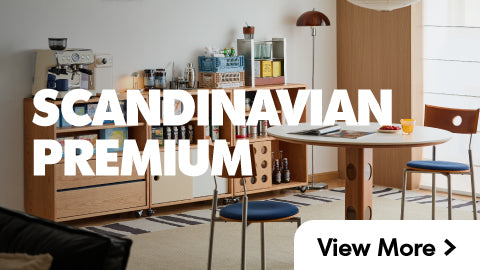





















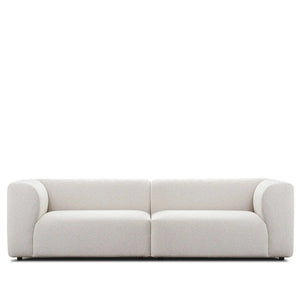




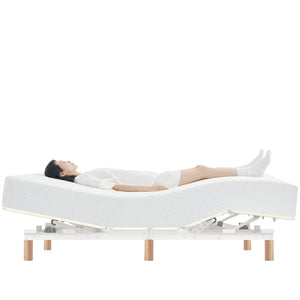
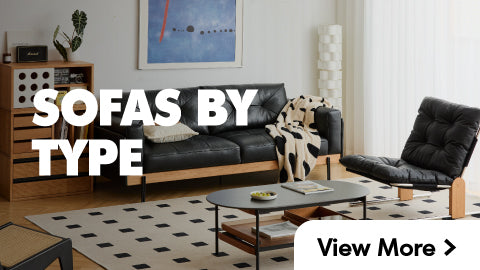
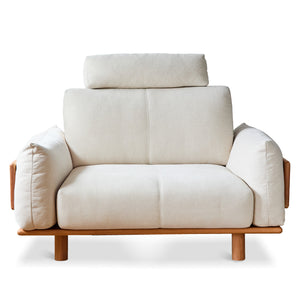

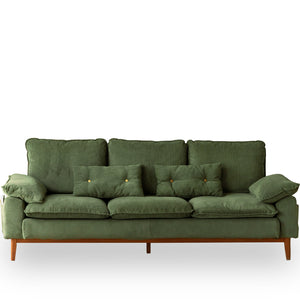
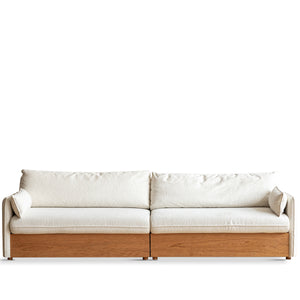
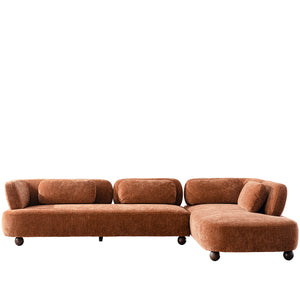
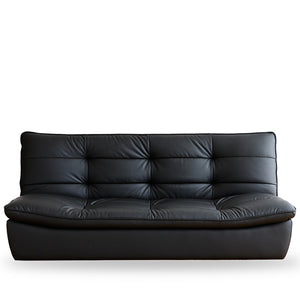
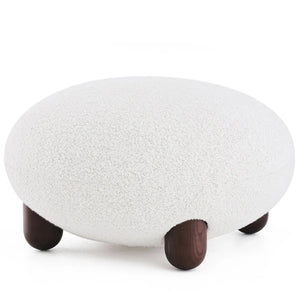
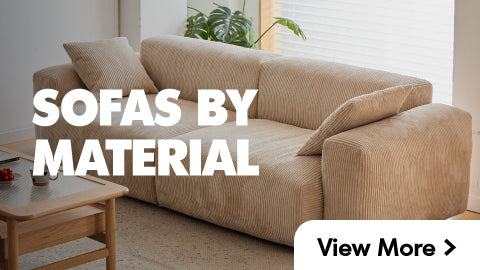
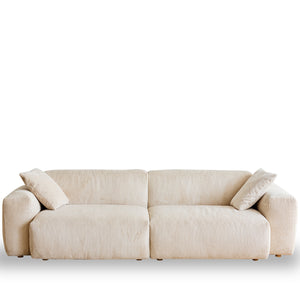
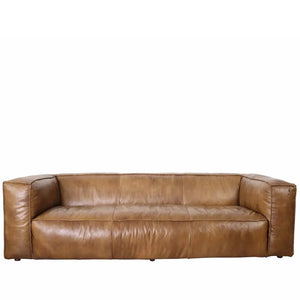
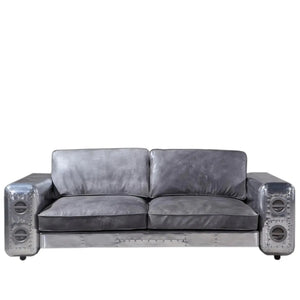
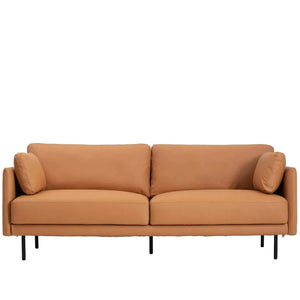
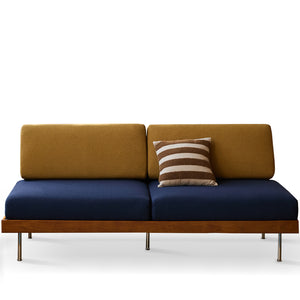
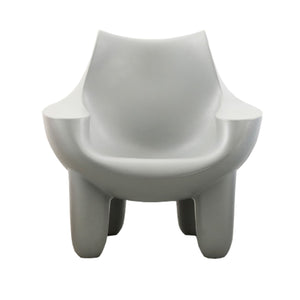


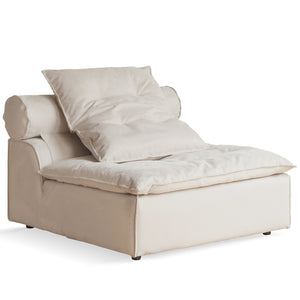

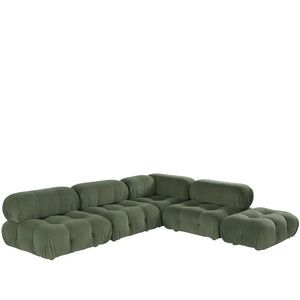
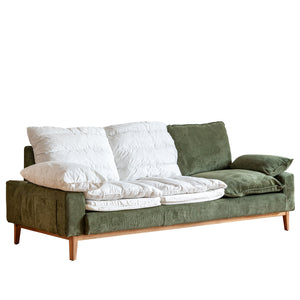
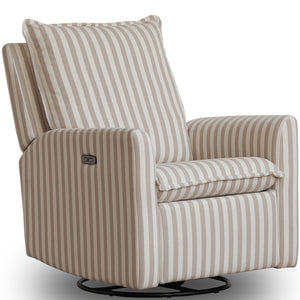
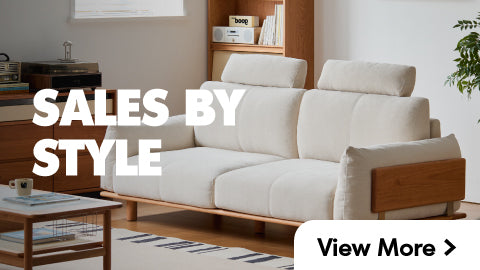
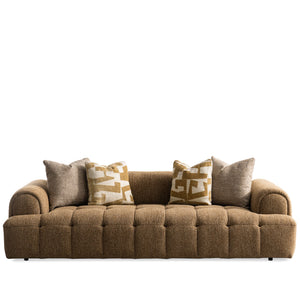

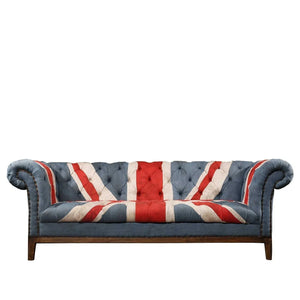
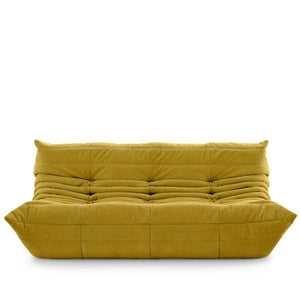
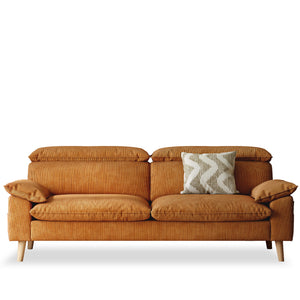
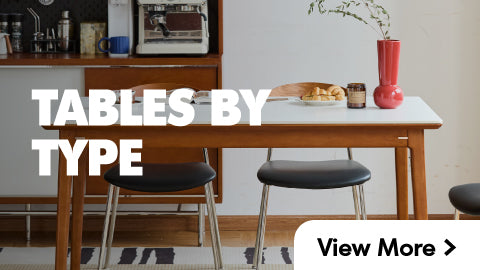
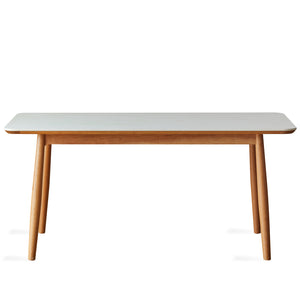
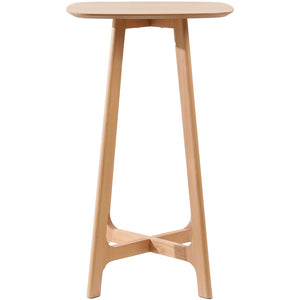
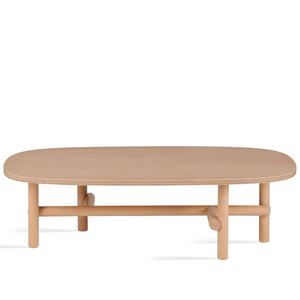
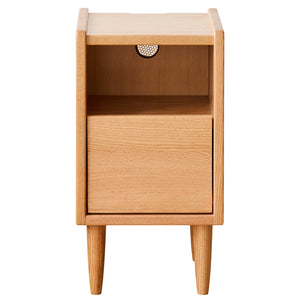
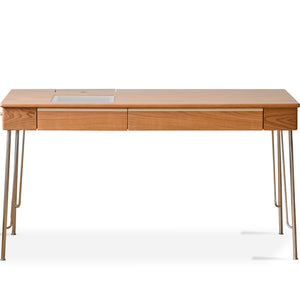
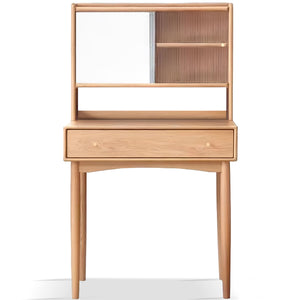
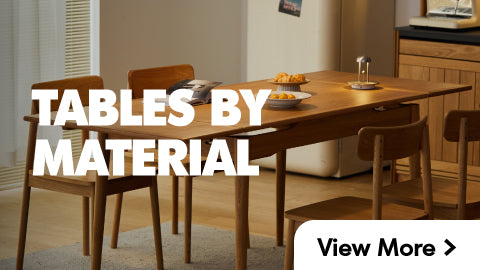
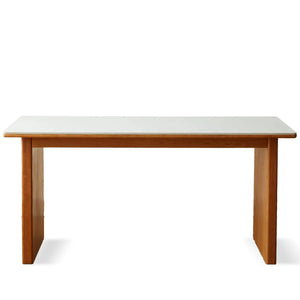
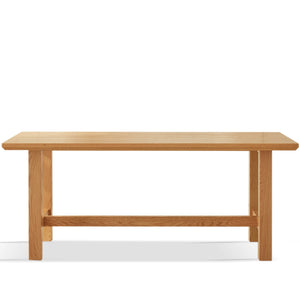
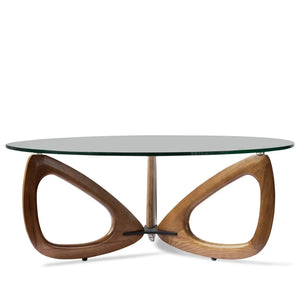
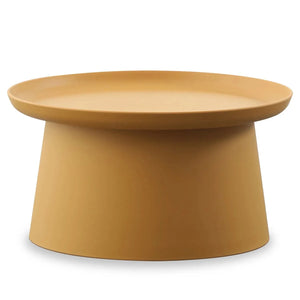

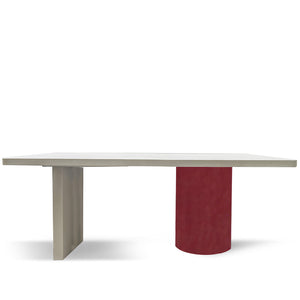
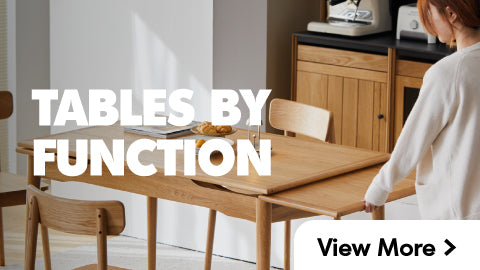
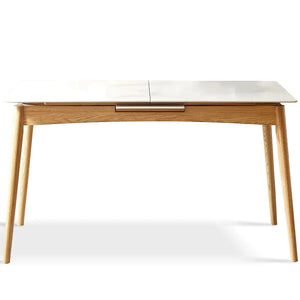
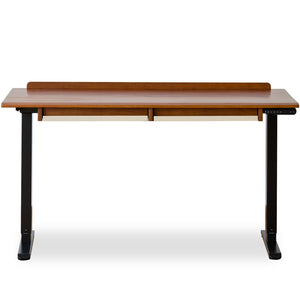
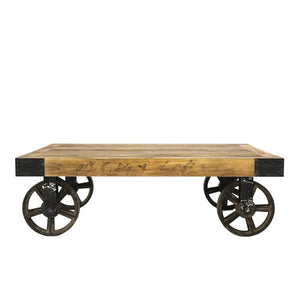

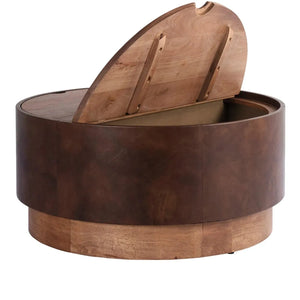
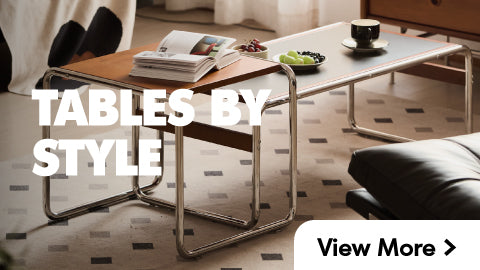
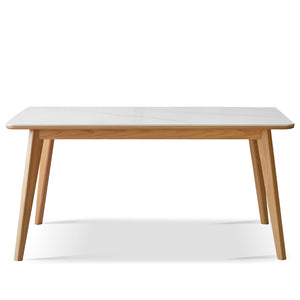

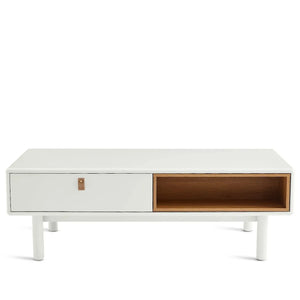
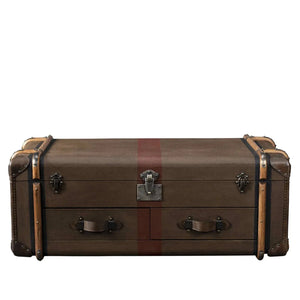
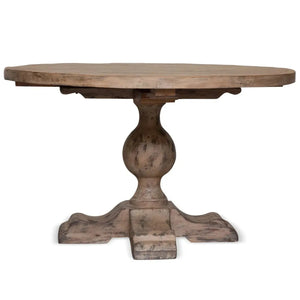
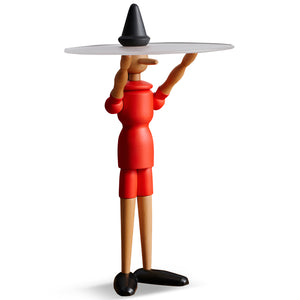
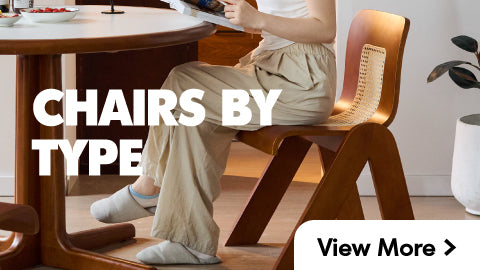
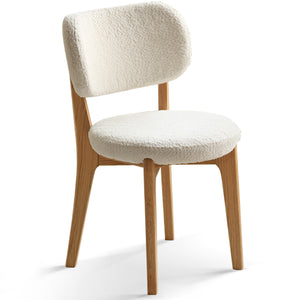
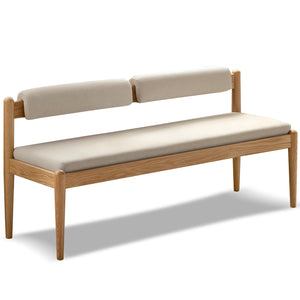
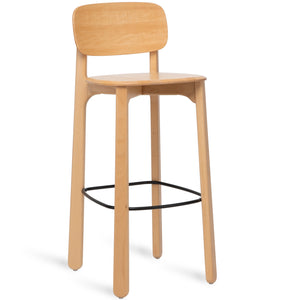
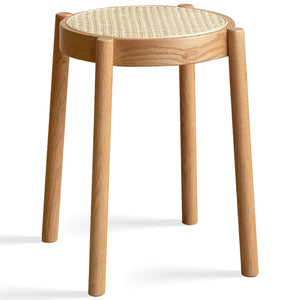
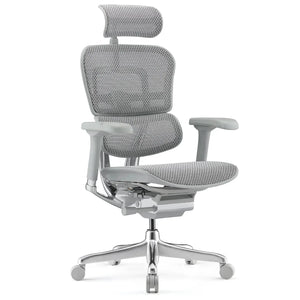
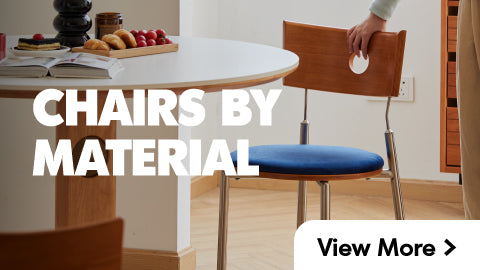
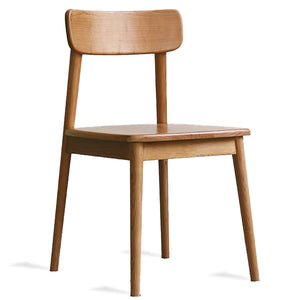
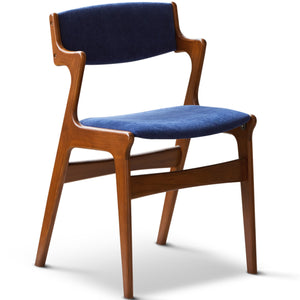
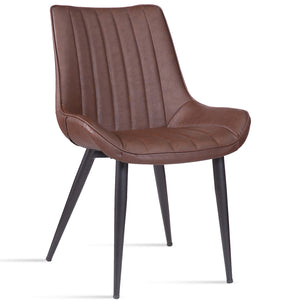
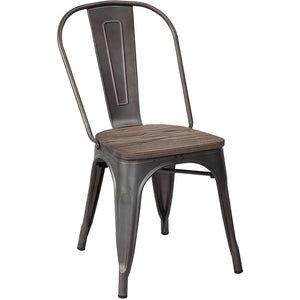
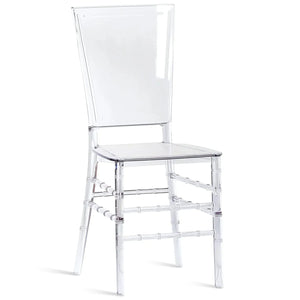
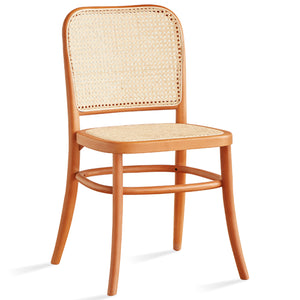
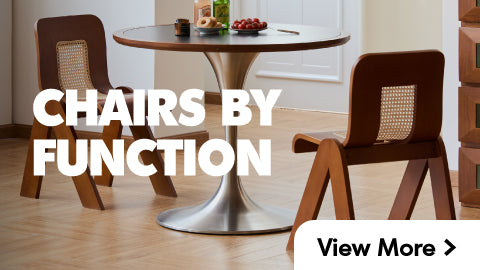
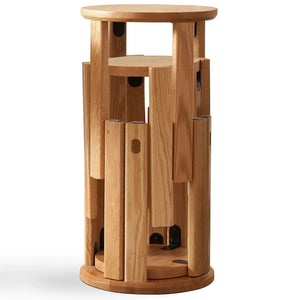

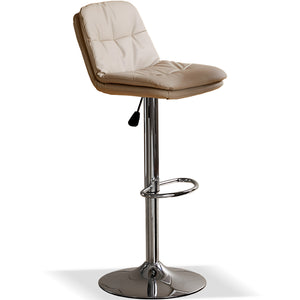
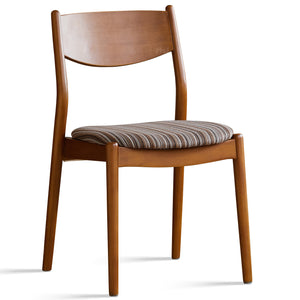
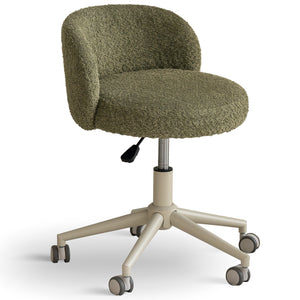
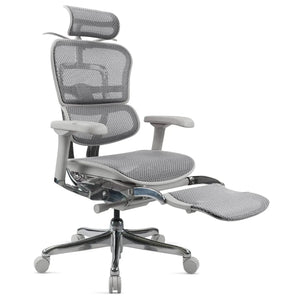
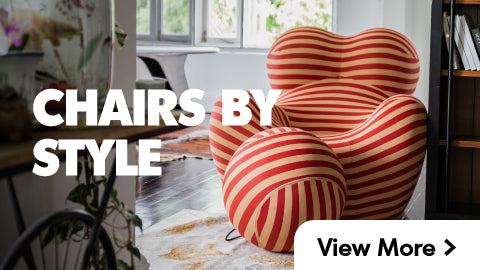
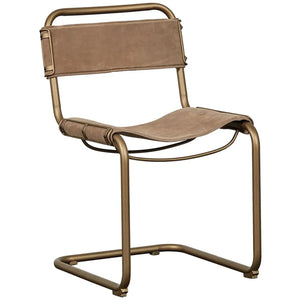
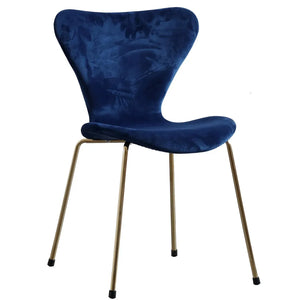
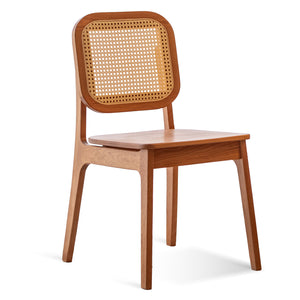
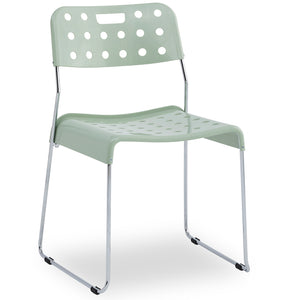
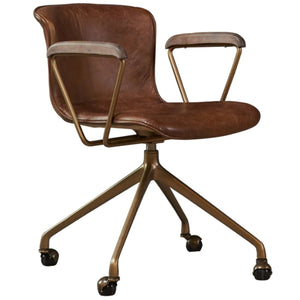

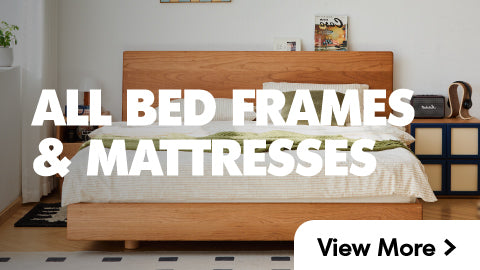
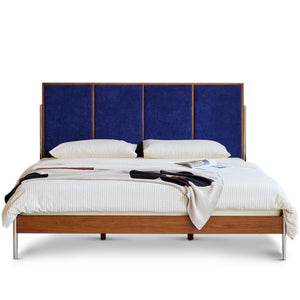
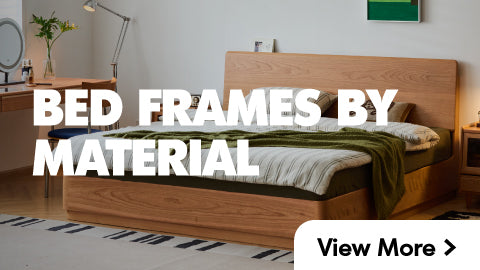
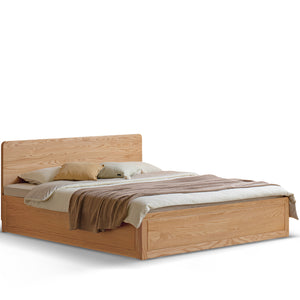
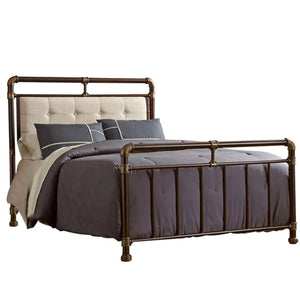
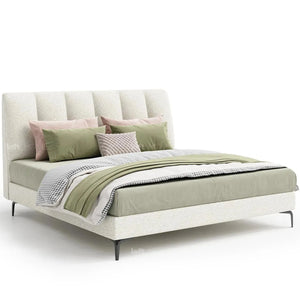
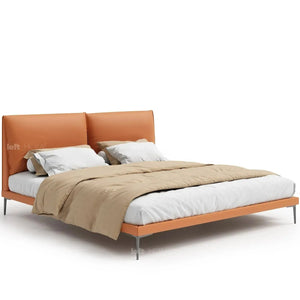
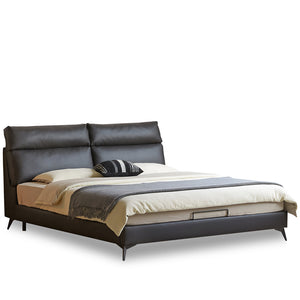
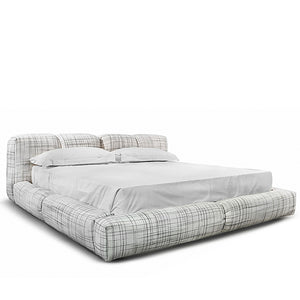
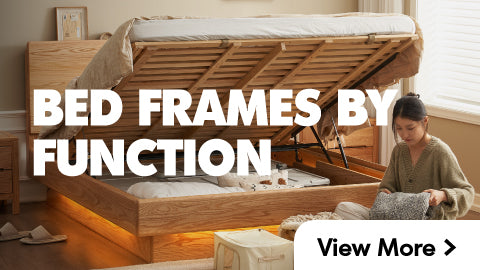
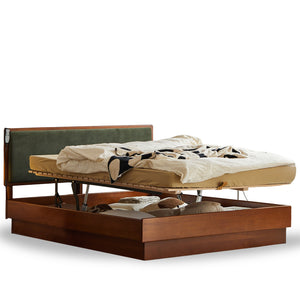


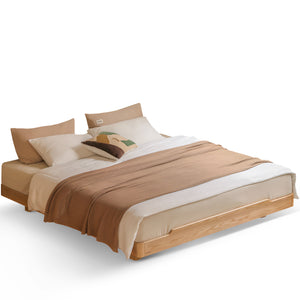
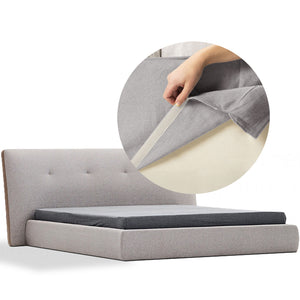
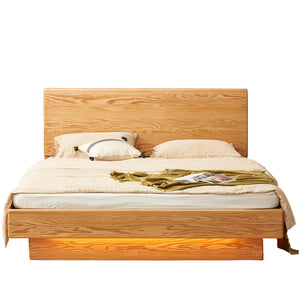
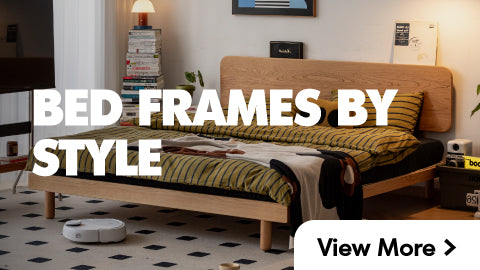
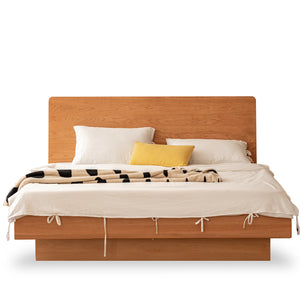
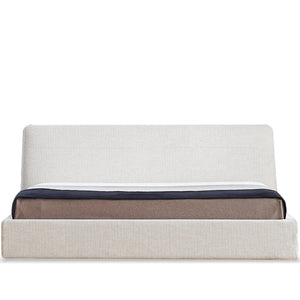
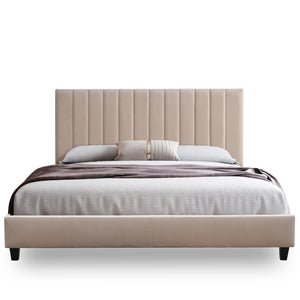
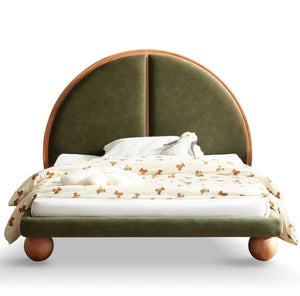
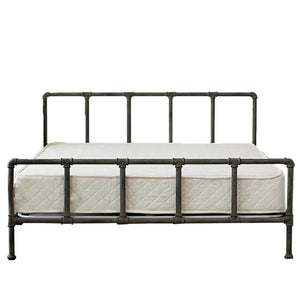
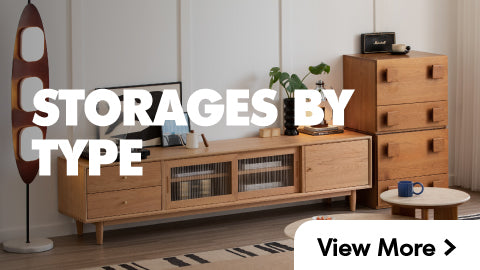
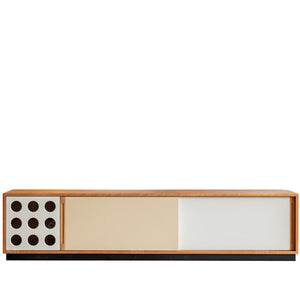

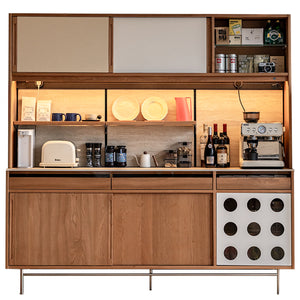
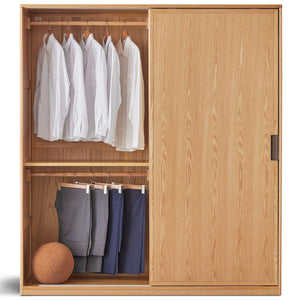
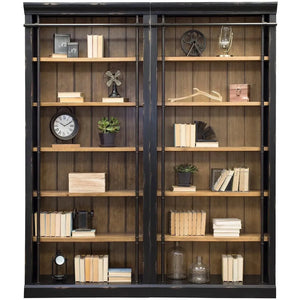
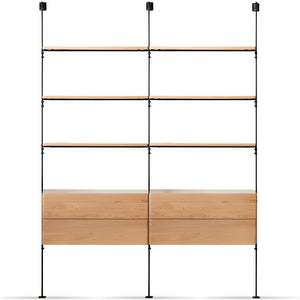
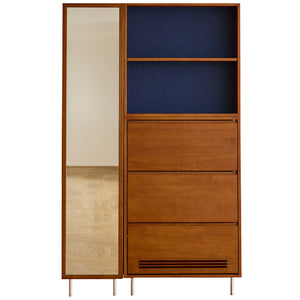
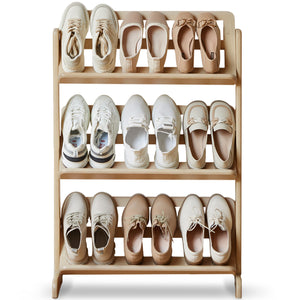
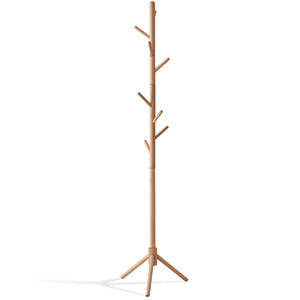

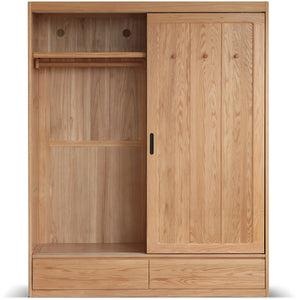
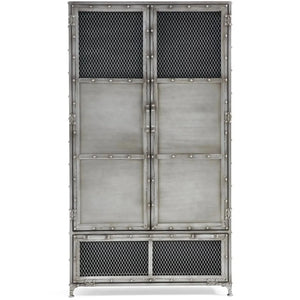
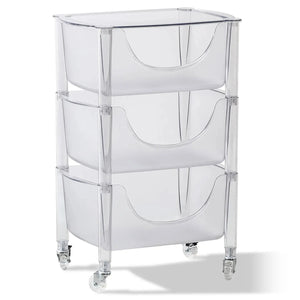
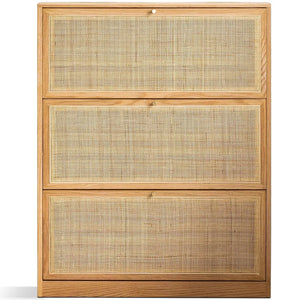
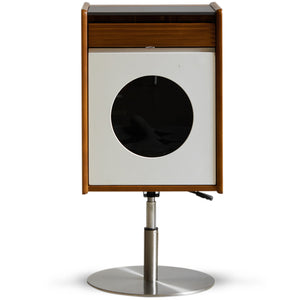
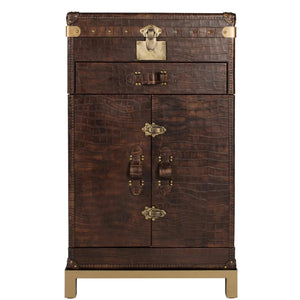

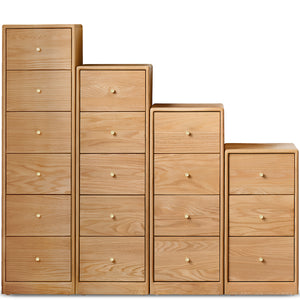
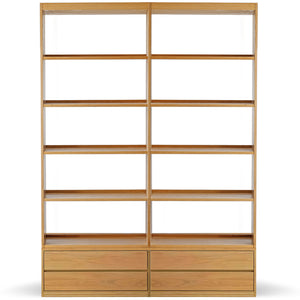
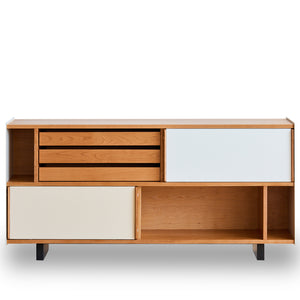
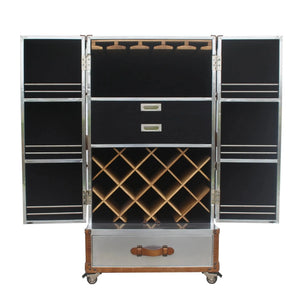
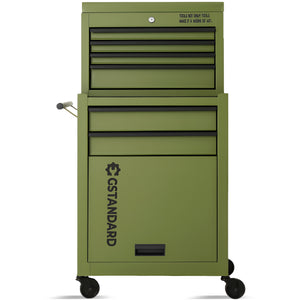

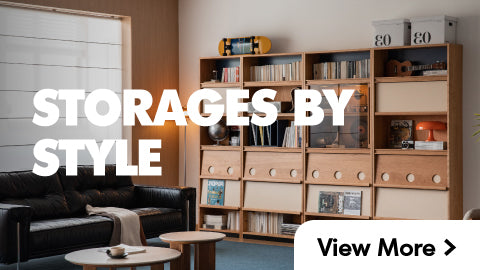
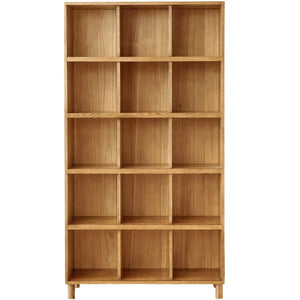

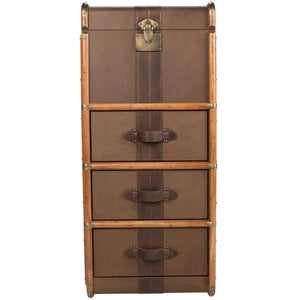
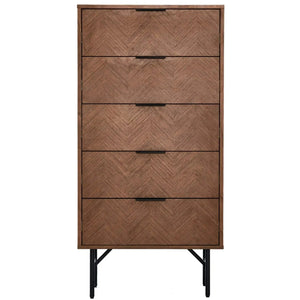
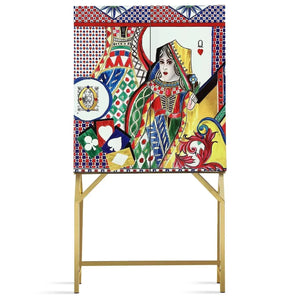
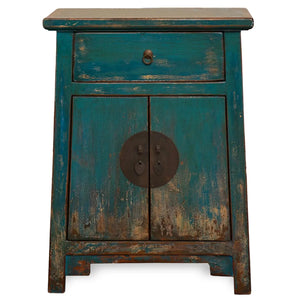


























































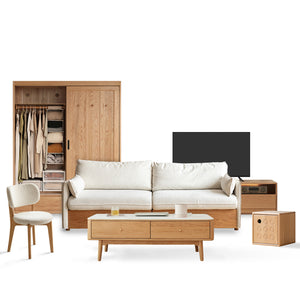
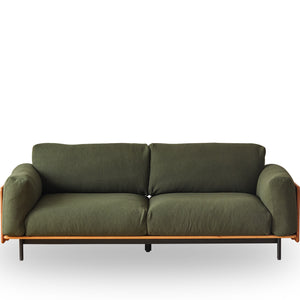
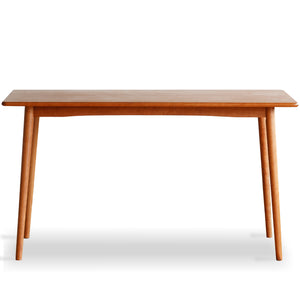
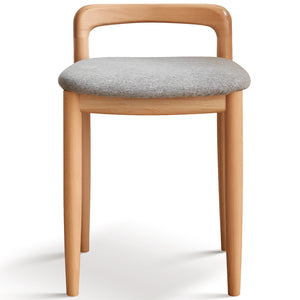
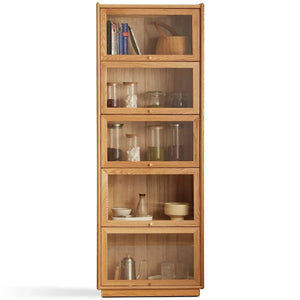
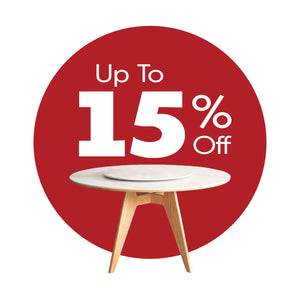


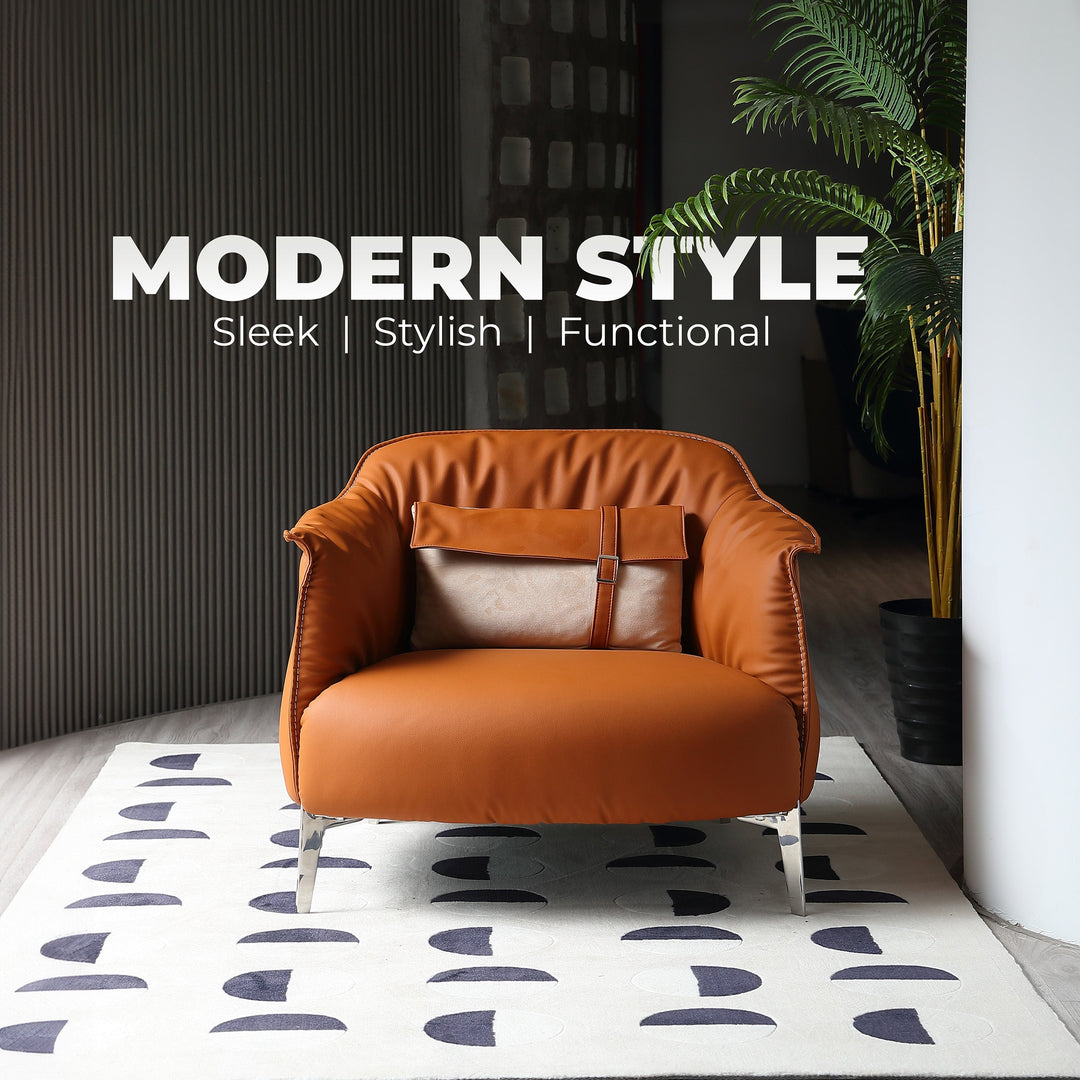
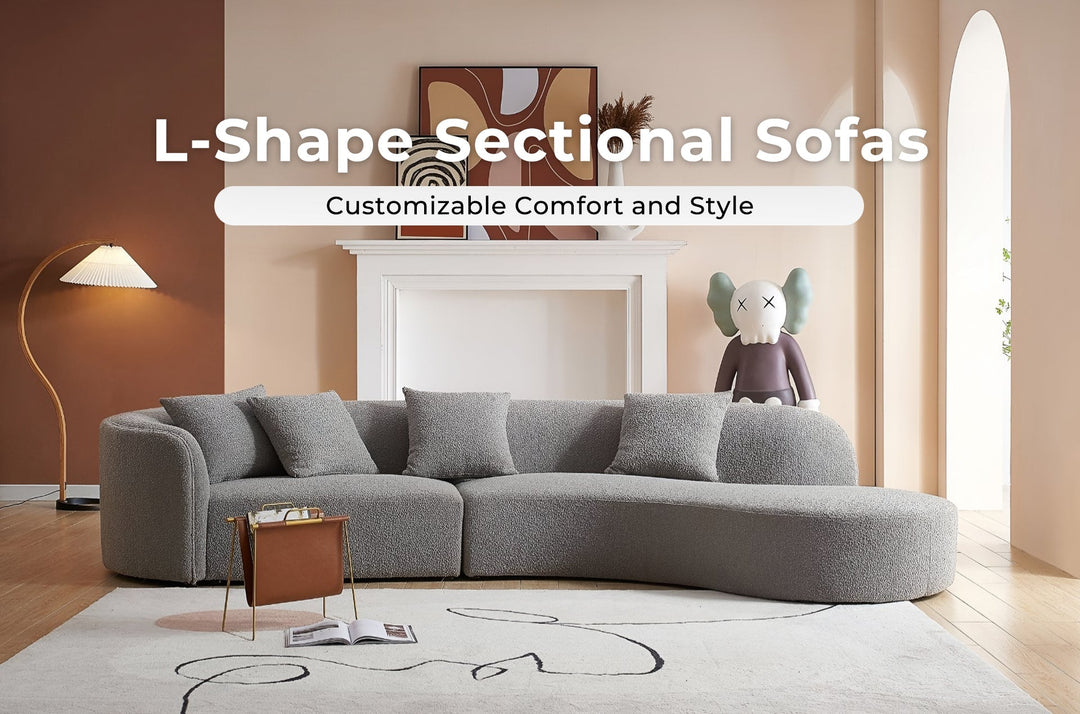




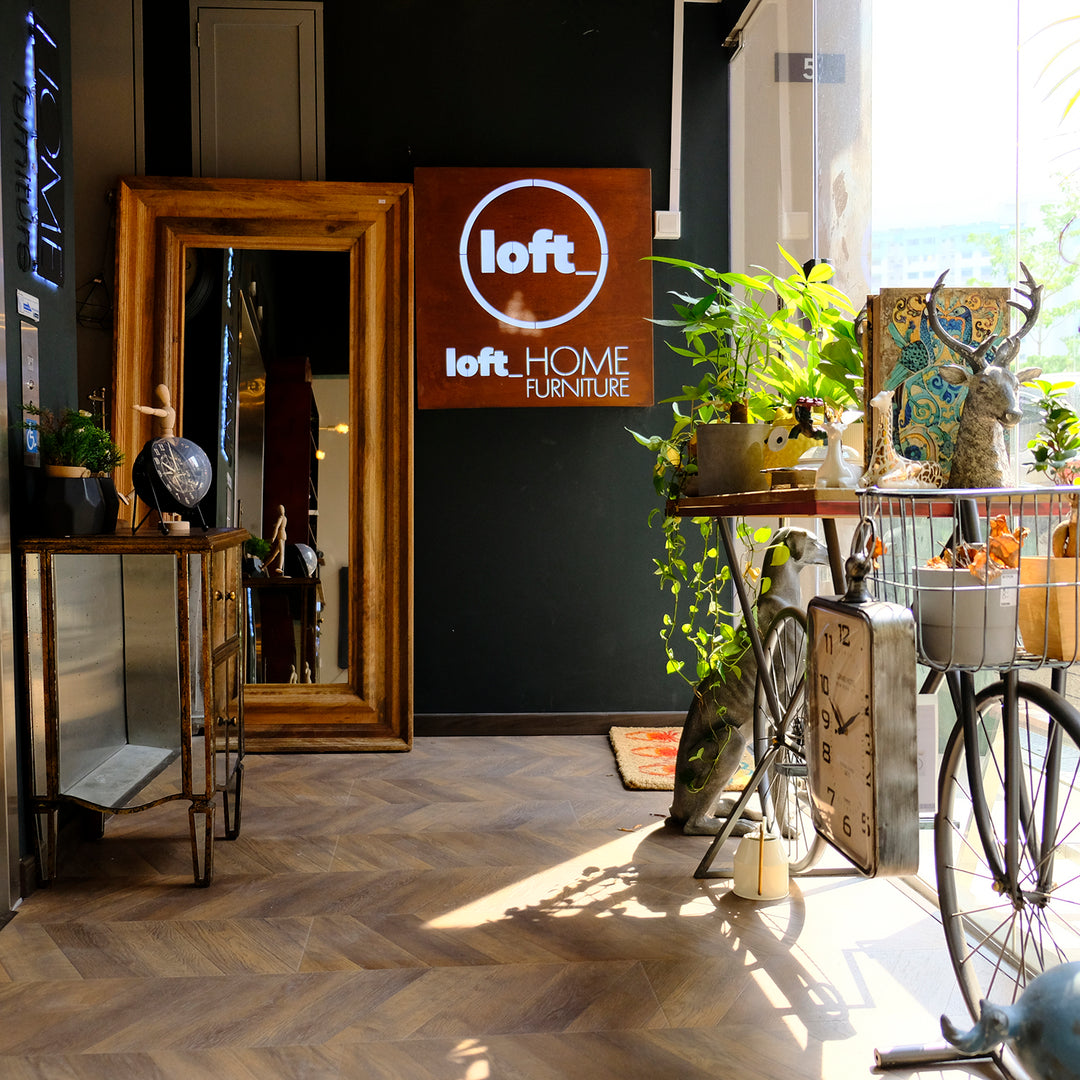
Leave a comment